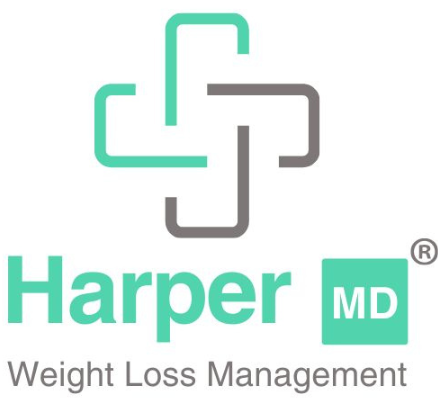
-By Dawn M. Sweet, Ph.D.
Focusing on quantity and type of protein consumed while taking semaglutide weight loss medications can preserve lean mass and ensure efficient metabolic functioning.
Weight loss medications with semaglutide as the active ingredient create an energy deficit due to the medication’s appetite suppressing effect. This energy deficit resulting from appetite suppression has been reported to be as much as a 45 percent decrease in daily caloric intake.1,2 Part of this deficit incudes lost calories derived from protein, which is critical for maintaining lean muscle mass. The loss of lean mass puts patients at risk for bone mass loss, skeletal support, and reduced metabolic activity.3 Insufficient protein cold also exacerbate the GI side effects of semaglutide medications (e.g., nausea). Further, losing lean mass makes bodies run less efficiently relative to energy expenditure. Because fat mass and lean mass are lost, it is important to optimize dietary intake to preserve lean mass while losing fat mass. This protein intake optimization includes quantity of protein and type of protein.
Dietary Protein
While there is consensus surrounding the importance of protein for optimal health, there remains some debate over the necessary amount of daily protein for optimal health.4 The Recommended Daily Allowance (RDA) for protein is 0.8 grams of protein for each kilogram of body weight5, which is the minimum daily protein intake. However, eating plans that include protein amount above the RDA have reported greater benefits.4,5 For example, a 2015 study4 reported that consuming 1.2 – 1.6 g/kg body weight yielded greater benefits for weight loss in the contexts of type 2 diabetes or metabolic syndrome.
Research evidence for inadequacy of the RDA for protein is mounting in the context of energy restriction and weight loss and the preservation of lean mass. For example, in a study with 130 participants6, 66 were randomly assigned to a PRO diet which included 1.6 g/kg of daily dietary protein (~30 percent of energy intake) and 64 were randomly assigned to a CHO which included 0.1 kg/g of dietary protein (~15 percent of energy intake), results showed that participants in the PRO group lost more weight and lost less lean mas compared to the CHO group. When considering the optimal amount of protein for patients on semaglutide medications, factors such as weight, gender, age, and activity level must be considered.7
Types of Protein
Shifting eating plans to be more protein-centric does not necessarily mean that patients need to consume more meat. While animal products such as lean beef, poultry, pork, or seafood are good sources of protein, plant-based options such as whole grains, beans, legumes, vegetables, and nuts are also good sources of protein.7 In addition to preserving lean mass, consuming high-quality protein throughout the day can mitigate fatigue, a reported semaglutide side effect. The enzymes in protein can help semaglutide patients digest food, thus mitigating GI side effects. Additionally, proteins oxygenate blood, pushing nutrients throughout the body.
Considerations for Patients taking Semaglutide
When prescribing semaglutide, it is important to consider the quantity and types of protein when working with patients to develop a healthy eating plan. The amount of protein will be determined by individual factors such as age, gender, current weight, and activity level. The Dietary Guidelines for Adults7 is a useful resource for healthy eating planning. Because of GI side effects associated with semaglutide medications, nutritionally designed meal replacements that include whey protein and prebiotic fiber to help support lean mass and manage GI symptoms should be considered. Pairing weight loss medications with a healthy eating plan that is supplemented with a nutritionally designed beverage can help mitigate nutritional deficits and the common GI side effects associated with semaglutide.
Sources:
3 Dietary protein and muscle mass: translating science to application and health benefit
5 Defining meal requirements for protein to optimize metabolic roles of amino acids
6 Dietary protein and muscle mass: Translating science to application and health benefit
About the Author: Dr. Dawn M. Sweet has over 20 years of experience in the field of communication. Dr. Sweet has given several invited talks to and workshops for academic and private sector audiences on the role of nonverbal and verbal communication in achieving positive outcomes and mitigating bias. Her research has been published in several top ranked peer-review journals, and it has been featured on NPR’s River to River / All Things Considered, Buzzfeed, and Science Daily. Her research has also been used to inform expert testimony.
* Wegovy® and Ozempic® are registered trademarks of Novo Nordisk A/S. Novo Nordisk is a registered trademark of Novo Nordisk A/S.

